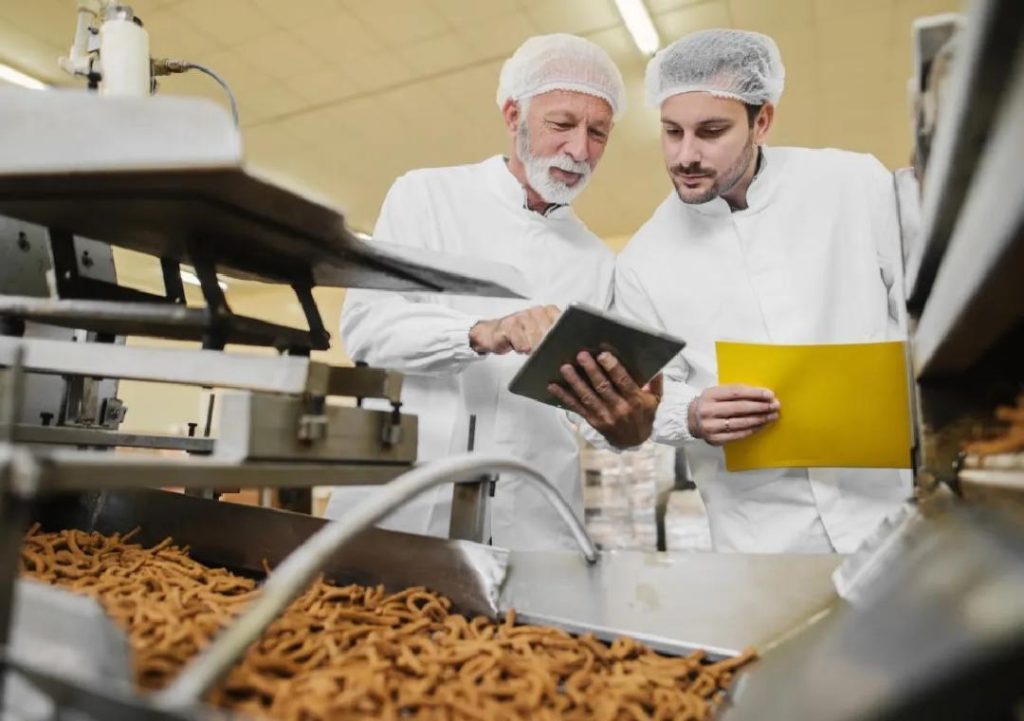
Can P&L Optimisation Redefine Success in Food Technology?
The food technology industry is evolving at a rapid pace, driven by innovative technologies, shifting consumer preferences, and increasing competition. To stay ahead of the curve, food tech companies are adopting cutting-edge strategies to optimize their profit and loss (P&L) operations. By leveraging automation, smart inventory systems, and data analytics, these companies are streamlining their P&L processes, reducing waste, and making better decisions.
In this blog post, we’ll explore how P&L optimisation can redefine success in food technology, and what strategies businesses can adopt to boost their profitability, ensure sustainable growth, and stay competitive in the industry.
The Importance of P&L Optimisation in Food Technology
In the food technology industry, P&L optimisation is crucial for ensuring the profitability and sustainability of a business. With the industry’s high competition, fluctuating commodity prices, and strict regulations, food tech companies must be able to manage their expenses and revenues effectively to stay afloat.
P&L optimisation involves identifying areas of inefficiency and waste, and implementing strategies to reduce costs, improve productivity, and enhance profitability. By streamlining their P&L operations, food tech companies can:
- Reduce waste and improve supply chain efficiency
- Sharpen demand forecasting and inventory management
- Support better decision-making with data-driven insights
- Boost margins and ensure sustainable growth
Automation: The Game-Changer in P&L Optimisation
Automation is a key driver of P&L optimisation in food technology. By automating routine tasks and processes, businesses can reduce manual errors, enhance transparency, and improve efficiency.
Some of the ways automation is being used to optimise P&L operations in food tech include:
- Automating inventory management: By integrating inventory management systems with other business applications, food tech companies can automate inventory tracking, reduce stockouts and overstocking, and improve supply chain efficiency.
- Automating accounting and financial reporting: Automation can help food tech companies streamline their accounting and financial reporting processes, reducing the risk of errors and improving financial transparency.
- Automating demand forecasting: By using machine learning algorithms and data analytics, food tech companies can automate demand forecasting, improving their ability to anticipate and respond to changes in demand.
Smart Inventory Systems: The Key to Reducing Waste
Smart inventory systems are another critical component of P&L optimisation in food technology. By combining data analytics, machine learning, and the Internet of Things (IoT), smart inventory systems can help food tech companies reduce waste, improve supply chain efficiency, and enhance customer satisfaction.
Some of the ways smart inventory systems are being used to optimise P&L operations in food tech include:
- Predictive inventory management: Smart inventory systems can predict demand and automatically reorder inventory, reducing the risk of stockouts and overstocking.
- Real-time inventory tracking: Smart inventory systems can track inventory levels in real-time, enabling food tech companies to respond quickly to changes in demand and reduce waste.
- Automated inventory alerts: Smart inventory systems can send automated alerts to notify food tech companies of inventory levels, enabling them to take prompt action to reduce waste and improve supply chain efficiency.
Data Analytics: The Key to Better Decision-Making
Data analytics is a critical component of P&L optimisation in food technology. By leveraging data analytics, food tech companies can gain insights into their operations, identify areas of inefficiency, and make better decisions.
Some of the ways data analytics is being used to optimise P&L operations in food tech include:
- Data-driven demand forecasting: Data analytics can help food tech companies develop more accurate demand forecasts, reducing the risk of overstocking and understocking.
- Performance monitoring: Data analytics can help food tech companies monitor their performance in real-time, enabling them to identify areas of inefficiency and take prompt action to improve.
- Cost optimisation: Data analytics can help food tech companies identify areas where costs can be reduced, enabling them to make more informed decisions about pricing and inventory management.
Scalable Models: The Key to Sustainable Growth
Scalable models are critical for sustainable growth in food technology. By adopting scalable models, food tech companies can reduce the risk of operational inefficiencies, improve customer satisfaction, and increase profitability.
Some of the ways scalable models are being used to optimise P&L operations in food tech include:
- Cloud-based infrastructure: Cloud-based infrastructure can help food tech companies scale their operations quickly and efficiently, reducing the risk of technical debt and improving customer satisfaction.
- Modular design: Modular design can help food tech companies build and deploy scalable solutions quickly and efficiently, reducing the risk of operational inefficiencies and improving customer satisfaction.
- Service-oriented architecture: Service-oriented architecture can help food tech companies build and deploy scalable solutions quickly and efficiently, reducing the risk of operational inefficiencies and improving customer satisfaction.
Conclusion
P&L optimisation is critical for success in food technology. By adopting automation, smart inventory systems, data analytics, and scalable models, food tech companies can reduce waste, improve supply chain efficiency, and make better decisions. As the industry continues to evolve, it’s clear that P&L optimisation will be a key driver of growth and profitability.
About the Author
[Your Name] is a content writer at Growth Jockey, a leading provider of marketing and sales solutions for food technology companies. With a background in food technology and marketing, [Your Name] has a deep understanding of the industry and its trends. You can find [Your Name] on LinkedIn and Twitter.
News Source
Growth Jockey. (2023). P&L Operations in Food Tech: How Automation and Data Analytics Can Boost Profitability. Retrieved from https://www.growthjockey.com/blogs/p-and-l-operations-in-food-tech






